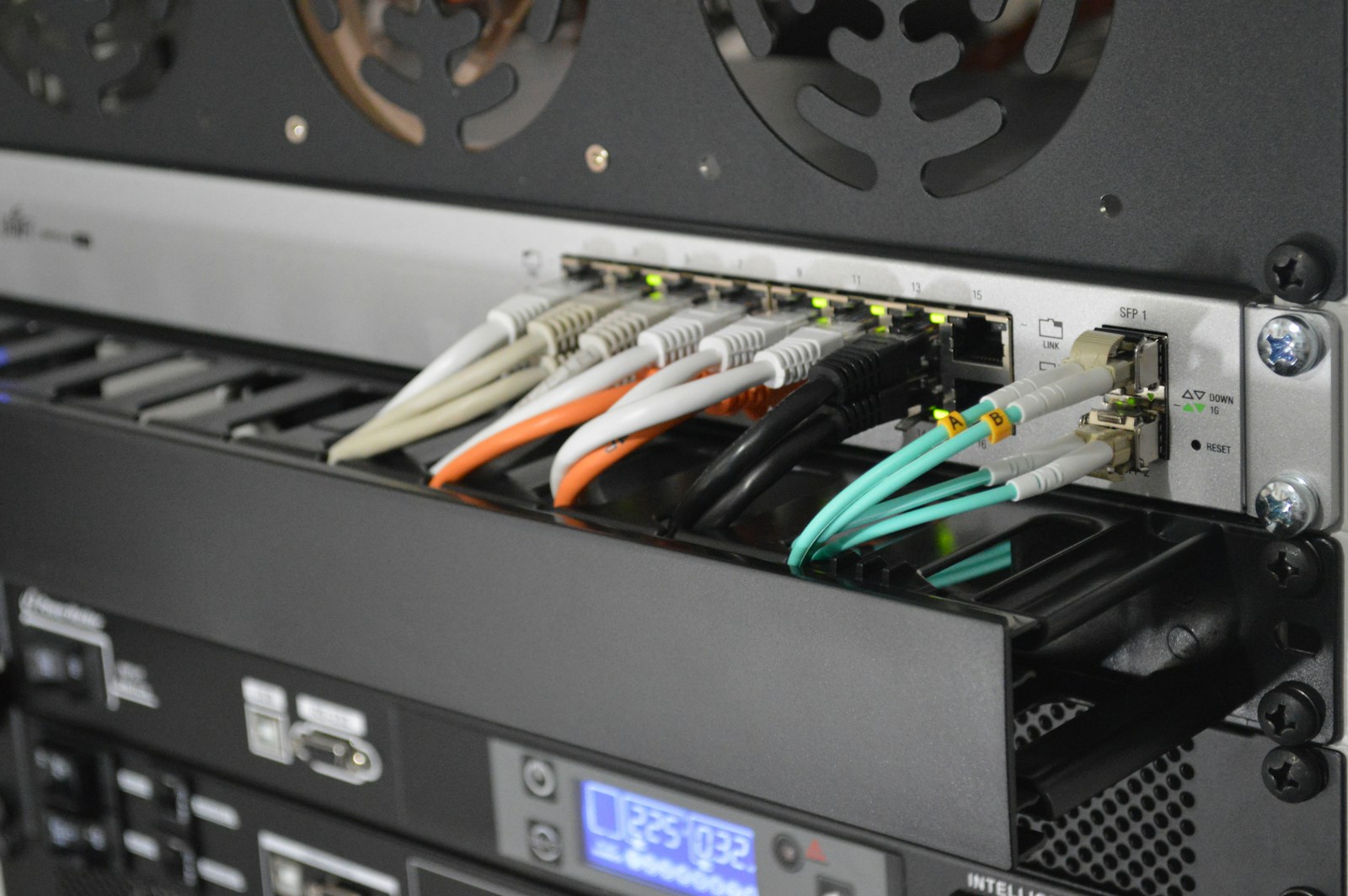Protecting Individual Records in the Age of IoT
Understanding the Importance of Privacy-Preserving Data Aggregation
Leveraging privacy-preserving data aggregation methods in IoT networks is essential for protecting individual records while still allowing valuable insights to be drawn from aggregated data. As IoT networks continue to proliferate, particularly in regions like Saudi Arabia and the UAE, the amount of data generated by connected devices is staggering. From smart home devices in Riyadh to industrial IoT systems in Dubai, these networks collect vast quantities of information that can be incredibly useful for improving services, driving innovation, and enhancing operational efficiency.
However, this data often includes sensitive personal information, raising significant privacy concerns. Privacy-preserving data aggregation offers a solution by allowing data from multiple sources to be combined and analyzed without exposing individual records. This technique ensures that the privacy of users is maintained, even as data is processed for analysis and decision-making. By aggregating data in a way that obscures the identity of individuals, businesses and organizations can comply with privacy regulations and build trust with their users.
Recommended Techniques for Privacy-Preserving Data Aggregation
Implementing effective privacy-preserving data aggregation techniques is critical for securing IoT networks. Several methods are recommended, each offering different levels of privacy protection depending on the use case and the sensitivity of the data involved. One widely used technique is **Differential Privacy**. This method introduces random noise into the data before aggregation, ensuring that individual records cannot be easily identified while still allowing for accurate analysis. Differential privacy is particularly useful in scenarios where data from large populations is analyzed, such as in smart city applications in Saudi Arabia, where insights into traffic patterns or energy consumption are needed without compromising individual privacy.
Another recommended technique is **Homomorphic Encryption**, which allows data to be aggregated and analyzed while still encrypted. This means that even if the data is intercepted during transmission or processing, it cannot be read by unauthorized parties. Homomorphic encryption is ideal for applications where security is paramount, such as in the financial sector in Dubai, where IoT devices may collect and transmit sensitive transaction data.
**Secure Multi-Party Computation (SMPC)** is another advanced technique that enables multiple parties to jointly compute a function over their inputs while keeping those inputs private. SMPC is particularly beneficial in collaborative environments, where different organizations need to share data insights without revealing their individual datasets. For example, in healthcare collaborations between hospitals in Riyadh and Dubai, SMPC can allow for shared research and analysis without compromising patient confidentiality.
Case Studies: Successful Implementation of Privacy-Preserving Data Aggregation
Several case studies highlight the successful implementation of privacy-preserving data aggregation in IoT networks, demonstrating its effectiveness in protecting individual records while still enabling valuable insights. In Saudi Arabia’s healthcare sector, hospitals have adopted differential privacy techniques to analyze patient data while ensuring compliance with data protection regulations. This approach has allowed healthcare providers to improve patient outcomes through data-driven insights, all while safeguarding patient privacy.
In the UAE’s smart city projects, homomorphic encryption has been used to secure data collected by IoT devices monitoring urban infrastructure. By encrypting data at the source and maintaining that encryption throughout the aggregation process, city planners have been able to analyze trends and make informed decisions without risking data breaches.
These case studies underscore the importance of privacy-preserving data aggregation in IoT environments. By implementing these techniques, organizations can protect individual records, comply with regulatory requirements, and maintain user trust, all while harnessing the full potential of IoT data.
Strategic Approaches to Data Privacy in IoT Networks
Integrating Privacy by Design in IoT Development
Integrating Privacy by Design (PbD) principles into IoT development is a strategic approach to ensuring that privacy-preserving data aggregation methods are embedded into IoT systems from the outset. PbD involves designing systems with privacy in mind, ensuring that privacy protections are not an afterthought but a fundamental component of the system’s architecture. This approach is particularly important in IoT networks, where data flows continuously and often without direct user interaction.
In Riyadh’s industrial IoT projects, for example, PbD can guide the development of systems that automatically aggregate data in a privacy-preserving manner. By building these features into the core design, organizations can avoid the need for costly retrofits and ensure that their IoT solutions are compliant with privacy regulations from the start. This proactive approach not only protects user privacy but also enhances the overall security and reliability of the IoT network.
Leveraging Advanced Technologies for Enhanced Data Security
Leveraging advanced technologies such as Artificial Intelligence (AI) and Machine Learning (ML) can further enhance data security in IoT networks. AI algorithms can be used to detect and prevent potential privacy breaches by analyzing data patterns and identifying anomalies that could indicate a security threat. For example, in Dubai’s financial sector, AI can monitor IoT networks for unusual activity, ensuring that privacy-preserving aggregation methods are being applied correctly and that data remains secure.
Blockchain technology also offers significant potential for enhancing data security in IoT networks. Blockchain’s decentralized and immutable ledger can securely record data transactions, ensuring that data aggregation processes are transparent and tamper-proof. In Saudi Arabia’s energy sector, blockchain can be used to secure data from smart meters, ensuring that energy consumption data is aggregated in a way that protects individual privacy while still providing valuable insights for energy management.
Executive Leadership and Strategic Planning for Data Privacy
Effective executive leadership and strategic planning are essential for the successful implementation of privacy-preserving data aggregation in IoT networks. Leaders in Saudi Arabia and the UAE must prioritize data privacy as a key component of their digital transformation strategies, ensuring that resources are allocated to the development and maintenance of secure data aggregation systems.
Executive coaching services can help leaders navigate the complexities of data privacy in IoT environments and guide them in making informed decisions. In Riyadh and Dubai, where IoT technology is driving innovation across multiple sectors, leadership must focus on aligning privacy strategies with organizational goals and regulatory requirements. By fostering a culture of privacy awareness and ensuring that all stakeholders are committed to protecting data, organizations can build trust with their customers and stakeholders, enhancing their reputation and competitive advantage.
Conclusion
Leveraging privacy-preserving data aggregation methods in IoT networks is essential for protecting individual records while still enabling valuable insights. By implementing techniques such as differential privacy, homomorphic encryption, and secure multi-party computation, organizations in Saudi Arabia and the UAE can protect sensitive data and comply with privacy regulations. Integrating Privacy by Design principles, leveraging advanced technologies, and fostering strong executive leadership are key strategies for ensuring the success of these initiatives. As IoT adoption continues to grow, privacy-preserving data aggregation will be a crucial tool for maintaining trust and achieving long-term business success.
—
#PrivacyPreservingData #IoTDataAggregation #Cybersecurity #IoTNetworks #DataPrivacy #DataProtection #SaudiArabiaTech #UAETech #BusinessSuccess #ModernTechnology #LeadershipSkills #ProjectManagement































